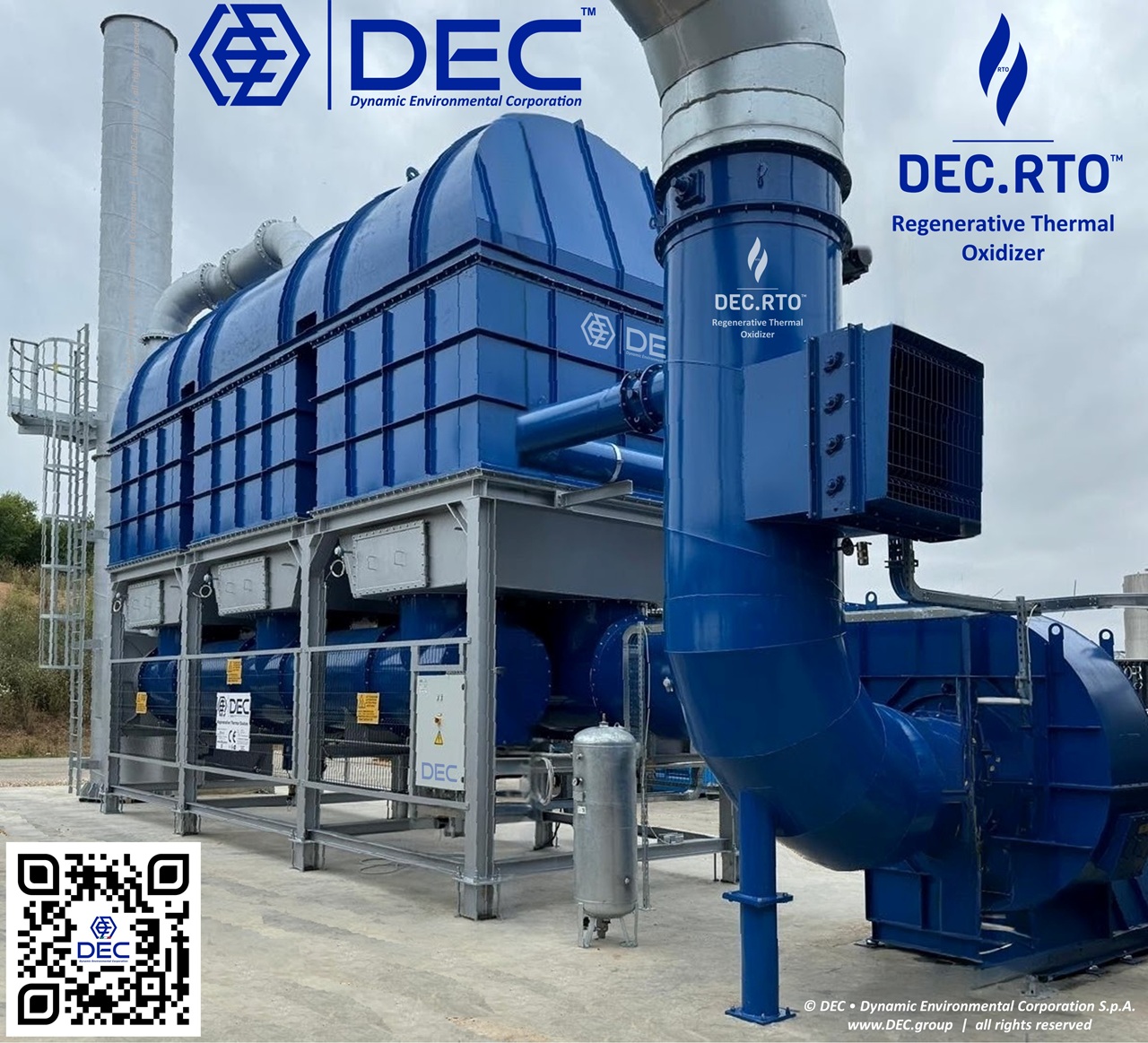
Advancing VOC Emission Control in Expandable Polystyrene (EPS) industries
Best Practices and Environmental Considerations
Expandable Polystyrene (EPS): the techniques
Expanded polystyrene (EPS) is a lightweight foam product used for insulation, packaging, and various other applications. The manufacturing process involves heating polystyrene beads impregnated with a blowing agent. The heat causes this blowing agent to vaporize, expanding the beads and forming the characteristic foam structure.
The release of VOCs occurs during several stages of production, including:
EPS production relies on n-pentane (C5H12) as the blowing agent, which is a key source of Volatile Organic Compound (VOC) emissions. These emissions are a major environmental and health concern due to their role in forming ground-level ozone (smog) and their potential health effects. To mitigate these impacts, manufacturers must employ various Emission Control Technologies.
Expandable Polystyrene (EPS): VOC Emission Control Technologies
The most common and effective technologies for controlling VOC emissions from EPS facilities fall into two main categories: Solvent Recovery or Thermal Oxidation.

The choice of VOC emission control technology is determined by several factors, including regulatory requirements, the quantity, type, and concentration of VOCs emitted, energy consumption, footprint, overall cost-effectiveness, and the environmental model (circular or linear).


Partner with DEC
At DEC, we understand the critical importance of VOC Emission Control in Expandable Polystyrene (EPS) manufacturing: as the leader in the VOC abatemnt processes, we have honed our expertise over the years to offer you the most advanced and efficient technologies available today. Our commitment lies in providing value-driven solutions that not only meet your business requirements but also contribute to a cleaner and greener future.
By harnessing our decades of experience and relentless pursuit of innovation, we have developed a comprehensive range of tailor-made systems for the unique challenges faced by label converting and packaging industry industries. Our state-of-the-art technologies ensure optimal batement efficiencies, allowing you to maximize your resources, reduce costs, and minimize environmental impact.
Partnering with DEC means unlocking a world of possibilities. Our team of experts is dedicated to understanding your specific needs and delivering customized solutions that align seamlessly with your operations. We believe in building strong, long-lasting relationships with our clients, supporting you every step of the way on your journey towards sustainable success.
Explore our website to discover the transformative power of our VOC Emission Control solutions: witness firsthand how our innovative technologies can help you optimize your production processes, improve efficiency, and achieve significant cost savings. Together, let's pave the way for a brighter, greener future in the label converting and packaging industry.
Together, we can make a difference.
Contact DEC
If you are looking for a reliable and efficient VOC Emission Control system, feel free to contact us: we can help you assess your needs and recommend the best VOC Emission Control Technology for your operation.

